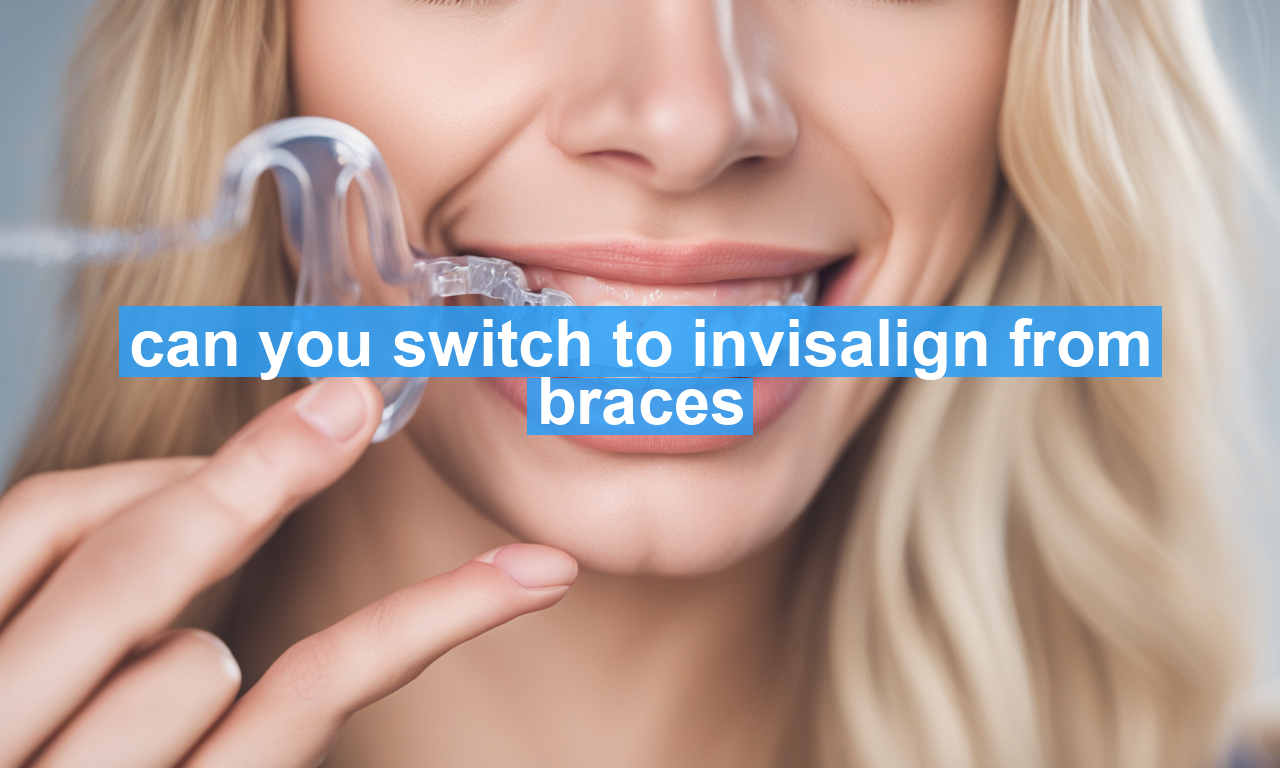Have you ever looked in the mirror with your metal braces and wondered what it might feel like to switch to those sleek, barely-there Invisalign aligners? The idea of trading the traditional wire-and-bracket braces for clear, removable Invisalign aligners is tempting to many, but is making this switch possible? We know that this transition might seem like a big leap. However, with the right guidance, making a shift from braces to Invisalign can be a seamless and rewarding process. This article will explore whether you can switch from braces to Invisalign, the considerations involved, and when this switch might be the right choice for you.
Why Consider Switching?
There are numerous reasons why individuals wish to transition from traditional braces to Invisalign. Some of these reasons could be purely aesthetic, where the appeal of inconspicuousness nudges one toward this modern solution. However, there are other compelling factors as well. Comfort is a major reason—traditional braces can sometimes cause irritation or discomfort due to their design and the wire adjustments needed for realignment.
Further, maintaining oral hygiene becomes easier with Invisalign. Since these aligners are removable, you can take them out for eating, brushing, and flossing. This greatly reduces the risk of trapped food particles, leading to oral health issues. Aside from physical comfort and better hygiene, Invisalign can instigate greater self-confidence due to its discreet appearance.
Can You Make The Switch?
Indeed, switching from braces to Invisalign is possible for many individuals, but it isn’t quite as straightforward as it sounds. First and foremost, eligibility is determined by the nature and severity of your dental issues. Aligners might not suit very complex cases that benefit more from metal braces.
The Process of Switching
- **Consultation:** The first step in making the switch is consulting with your orthodontist. Discuss your interest in switching, and they will evaluate whether your treatment goals can be achieved with Invisalign. Your orthodontist will consider the progress already made with braces and analyze whether Invisalign can effectively complete the treatment.
- **Treatment Planning:** If Invisalign is suitable for your case, the orthodontist will craft a new treatment plan. This involves taking digital impressions of your teeth and creating a custom series of Invisalign aligners tailored to your specific orthodontic needs.
- **Cost and Time Considerations:** Switching to Invisalign may affect the overall treatment cost and timeline. It’s essential to discuss these factors in detail with your orthodontist.
It’s important to note that the transition from braces to Invisalign might not always result in immediate ‘glisten and glow’ results and might need additional adjustment time.
A Few Considerations Before You Switch
Here are a few things you should ponder before making that switch:
- **Commitment to Wear Aligners:** Unlike braces, the effectiveness of Invisalign depends significantly on the wearer’s discipline. Aligners must be worn for 20-22 hours a day to achieve optimum results.
- **Lifestyle Adaptation:** With Invisalign, you need to adopt changes in your eating habits. Teeth should be cleaned before reinserting the aligners after each meal to prevent staining and maintain oral hygiene.
- **Adjusting Expectations:** Understand that the transition could lead to a temporary period of adjustment in terms of fit and routine.
What to Expect After the Switch
Once you’ve successfully switched from braces to Invisalign, it’s natural to wonder what life will be like after the transition. Initially, you might notice a sense of relief at the newfound freedom from metal wires. Although aligners will still need consistent care, you will find them less demanding overall for hygiene and comfort perspectives.
Tracking Progress: Regular check-ups with your orthodontist will continue, ensuring the treatment is on track as planned.
Furthermore, make sure you’re storing the aligners safely when removed to prevent damage, and maintain a good cleaning routine using recommended methods.
Switching mid-treatment can be a daunting decision, and as with any alteration in medical care, it’s advisable to make sure you are thoroughly informed. For those considering the shift, it’s recommended to explore more detailed insights from official sources like the American Association of Orthodontists.
Conclusion: Embracing a New Smile Journey
Ultimately, the switch from braces to Invisalign is a personal decision best made in consultation with an experienced orthodontist. There are unique advantages and potential limitations to both orthodontic solutions. Weighing these thoughtfully with professional guidance will provide the best results for your dental health and aesthetic goals.
Embrace this transition as an exciting opportunity to not only enhance your smile but to pursue a comfortable and practical dental solution tailored to the lifestyle you desire. Happy smiling!

